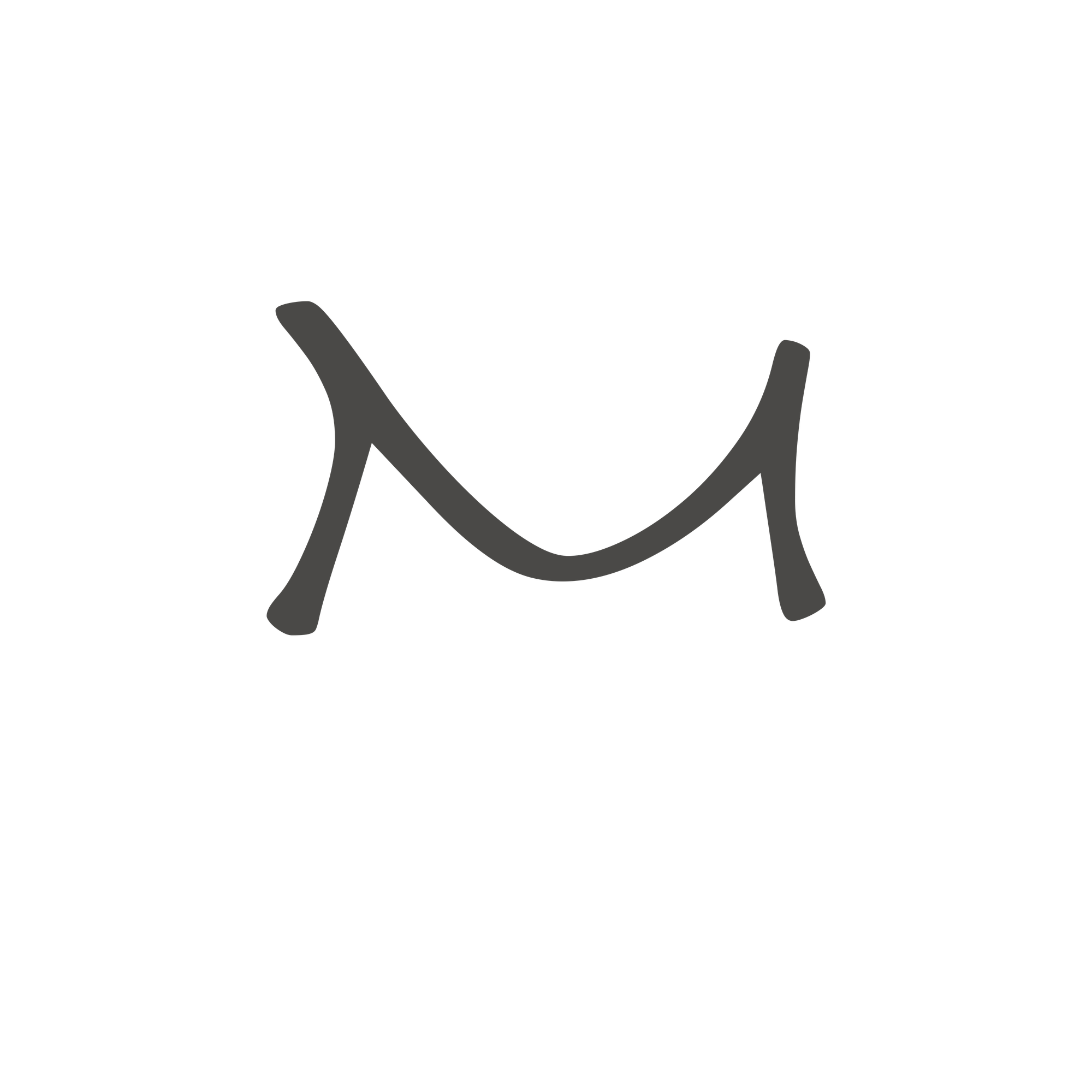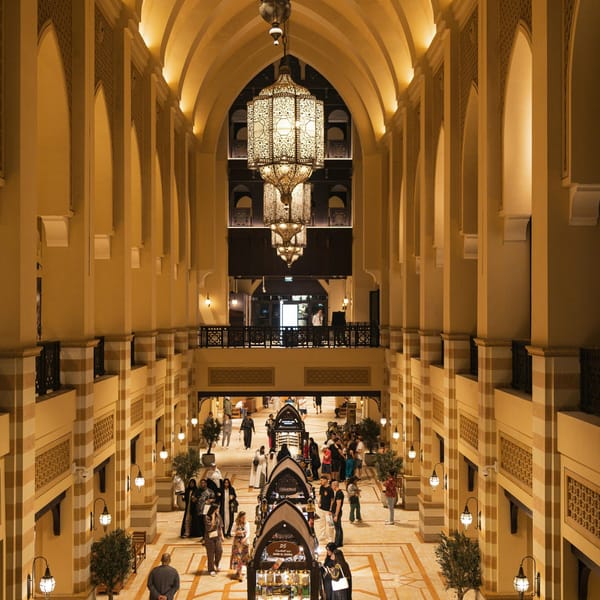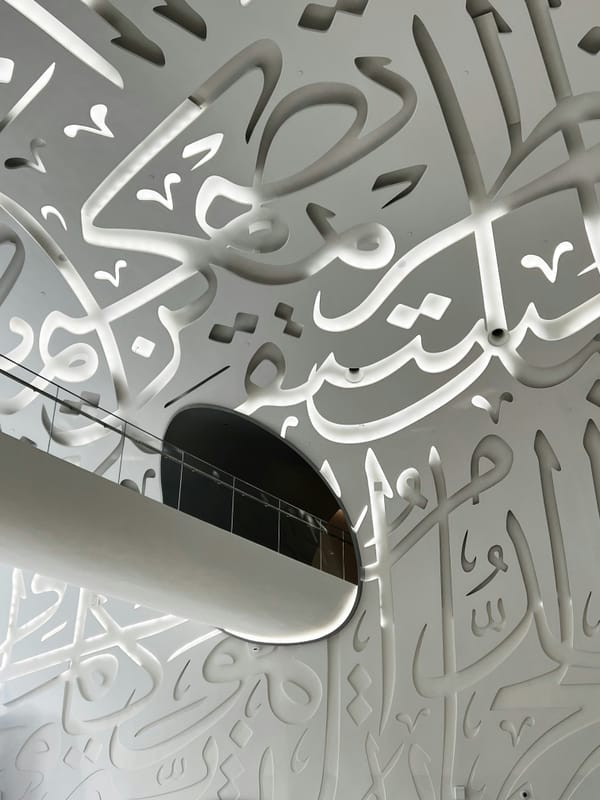The Middle East luxury market is commanding unprecedented attention from global brands as the region's luxury goods market reaches USD 14.93 billion in 2025 and projects growth at a 6.23% CAGR to USD 20.19 billion by 2030. This expansion trajectory positions the Middle East as a critical growth frontier for luxury conglomerates.
The luxury goods market in the Middle East is expected to double in size by 2030, when it will be worth €30-€35 billion, driven by the UAE and Saudi Arabia, according to Boston Consulting Group analysis. The region's transformation into a luxury powerhouse reflects fundamental shifts in consumer behaviour and economic diversification.

Key factors driving this surge include increased local luxury spending, rapid e-commerce adoption, and the region's strategic positioning as a global hub. The increasing demand for e-commerce platforms and digital presence of luxury brands are essential components for engaging with a broader audience, creating new pathways for market penetration.
The Gulf Cooperation Council countries, particularly Qatar, the UAE, and Saudi Arabia, are leading this luxury renaissance. Major brands including LVMH, Kering, and Richemont are already capitalizing on these opportunities, with the region emerging as their fourth-largest market globally.
For luxury brands seeking sustainable growth beyond traditional markets, the Middle East represents an unmissable opportunity combining demographic advantages, economic prosperity, and evolving consumer sophistication.









